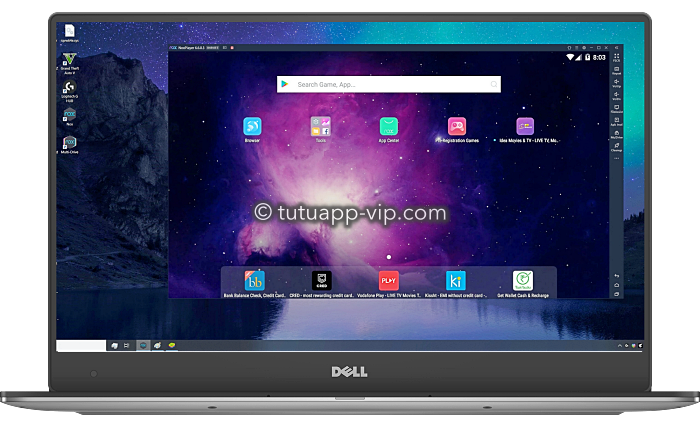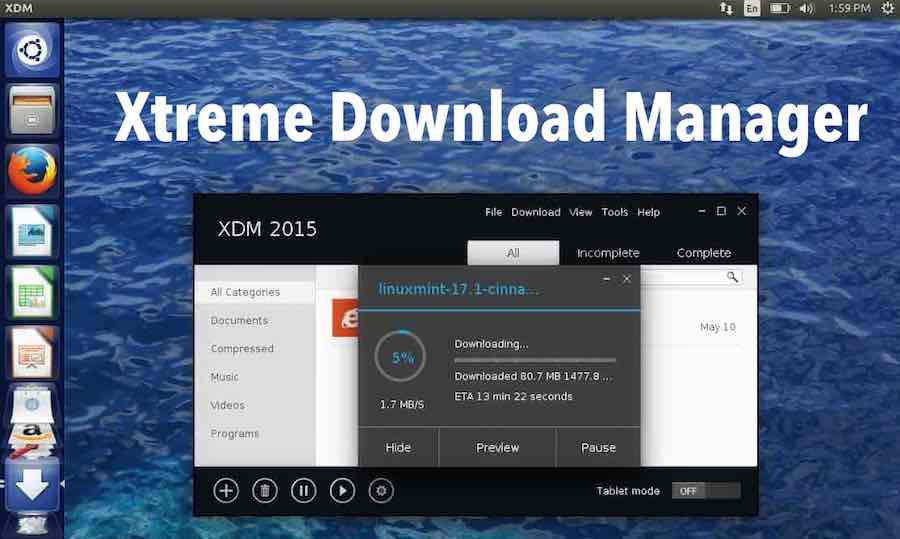Failed To Unzip Nox Installer Mac
Here Comes The Nox Player 6
NoxPlayer is a free Android emulator dedicated to bring the best experience for users to play Android games and apps on PC. It has the highest compatibility and fluency of almost every apps and games. In the below steps, we will guide you how you can download the Nox Emulator for Mac in few shots. First of all, launch a web browser on your Mac computer and follow the below link. Download Nox Player for MAC OS. Now, locate the download button and hit on it to start the Nox App Player for Mac download process.
- Home MAC FAQ Solution for not unzipping the file of Mac Version. Solution for not unzipping the file of Mac Version. Sometimes users may get the reminder that failed to unzip the Nox installer, when you meet the situation, please follow the guide to disable System Integrity Protection(SIP).
- Mac Solution for not unzipping the file. Sometimes users may get the reminder that failed to unzip the Nox installer, when you meet the situation, please follow the guide to disable System Integrity Protection(SIP).
- EFI Boot on the internal disk is Windows. It is a naming issue on Big Sur. In Catalina is also called EFI Boot after a clean install of Mac OS and Bootcamp. Once you boot into Windows, click on the Diamond icon, switch to macOS and then use System Preferences - Startup Disks to switch to Windows.
Get ready to play your favorite android games on your Windows PC and Mac on one of the most robust android emulators.
Nox Player works seamlessly on both Windows PC and Mac.

Nox emulator is updated regularly to fix bugs.

Stable
Nox Emulator is stable and works without crashes unlike other emulators.
It supports multiple control options including joystick, sketchboard, etc.
It lets you run all latest android apps and games on your computer or PC.
Nox gets intuitively mapped to keyboard to give you an amazing android experience.
Nox is a perfect Android emulator to play android games on your PC. You can easily download NOX for your windows and MAC device from given link in below. It supports Keyboards, gamepad, script recording and others. Now you can easily use your favorite android game on your Windows and MAC PC devices for free. You can also watch movies by installing showbox android app on your computer using Nox Player.
These advanced steps are primarily for system administrators and others who are familiar with the command line. You don't need a bootable installer to upgrade macOS or reinstall macOS, but it can be useful when you want to install on multiple computers without downloading the installer each time.
What you need to create a bootable installer
- A USB flash drive or other secondary volume formatted as Mac OS Extended, with at least 14GB of available storage
- A downloaded installer for macOS Big Sur, Catalina, Mojave, High Sierra, or El Capitan
Download macOS
- Download: macOS Big Sur, macOS Catalina, macOS Mojave, or macOS High Sierra
These download to your Applications folder as an app named Install macOS [version name]. If the installer opens after downloading, quit it without continuing installation. To get the correct installer, download from a Mac that is using macOS Sierra 10.12.5 or later, or El Capitan 10.11.6. Enterprise administrators, please download from Apple, not a locally hosted software-update server. - Download: OS X El Capitan
This downloads as a disk image named InstallMacOSX.dmg. On a Mac that is compatible with El Capitan, open the disk image and run the installer within, named InstallMacOSX.pkg. It installs an app named Install OS X El Capitan into your Applications folder. You will create the bootable installer from this app, not from the disk image or .pkg installer.
How To Unzip Files
Use the 'createinstallmedia' command in Terminal
- Connect the USB flash drive or other volume that you're using for the bootable installer.
- Open Terminal, which is in the Utilities folder of your Applications folder.
- Type or paste one of the following commands in Terminal. These assume that the installer is in your Applications folder, and MyVolume is the name of the USB flash drive or other volume you're using. If it has a different name, replace
MyVolumein these commands with the name of your volume.

Big Sur:*
Catalina:*
Mojave:*
High Sierra:*
El Capitan:
* If your Mac is using macOS Sierra or earlier, include the --applicationpath argument and installer path, similar to the way this is done in the command for El Capitan.
After typing the command:
- Press Return to enter the command.
- When prompted, type your administrator password and press Return again. Terminal doesn't show any characters as you type your password.
- When prompted, type
Yto confirm that you want to erase the volume, then press Return. Terminal shows the progress as the volume is erased. - After the volume is erased, you may see an alert that Terminal would like to access files on a removable volume. Click OK to allow the copy to proceed.
- When Terminal says that it's done, the volume will have the same name as the installer you downloaded, such as Install macOS Big Sur. You can now quit Terminal and eject the volume.

Use the bootable installer
Determine whether you're using a Mac with Apple silicon, then follow the appropriate steps:
Apple silicon
- Plug the bootable installer into a Mac that is connected to the internet and compatible with the version of macOS you're installing.
- Turn on your Mac and continue to hold the power button until you see the startup options window, which shows your bootable volumes.
- Select the volume containing the bootable installer, then click Continue.
- When the macOS installer opens, follow the onscreen instructions.
Intel processor
Failed To Unzip Nox Installer Mac Download
- Plug the bootable installer into a Mac that is connected to the internet and compatible with the version of macOS you're installing.
- Press and hold the Option (Alt) ⌥ key immediately after turning on or restarting your Mac.
- Release the Option key when you see a dark screen showing your bootable volumes.
- Select the volume containing the bootable installer. Then click the up arrow or press Return.
If you can't start up from the bootable installer, make sure that the External Boot setting in Startup Security Utility is set to allow booting from external media. - Choose your language, if prompted.
- Select Install macOS (or Install OS X) from the Utilities window, then click Continue and follow the onscreen instructions.
Learn more
A bootable installer doesn't download macOS from the internet, but it does require an internet connection to get firmware and other information specific to the Mac model.

For information about the createinstallmedia command and the arguments you can use with it, make sure that the macOS installer is in your Applications folder, then enter the appropriate path in Terminal: